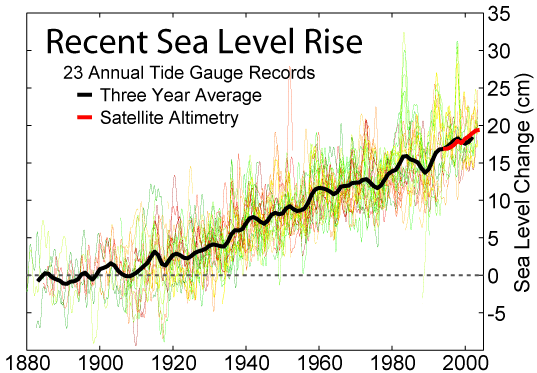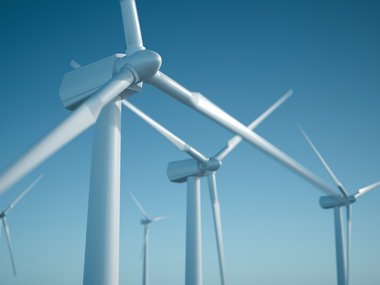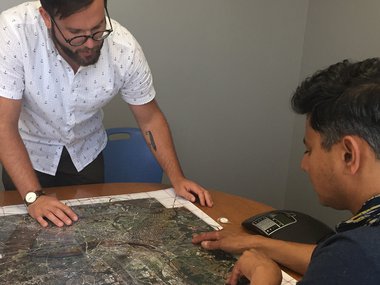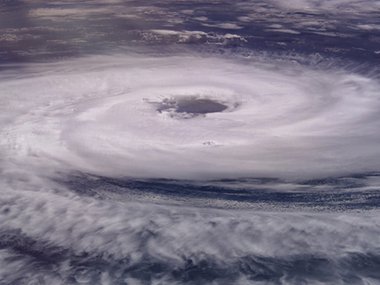Question Your World: What Causes Sea Levels to Rise?
As summer vacation planning continues, more and more of us look to our beaches and shorelines for quick getaways. Well, we’re not the only ones thinking about our shorelines. Climate scientists have been studying our coastline for some time now. They are focused on the shore to better understand climate change and to further answer today’s big question: what causes sea level to rise?
While the entire planet is feeling the impacts of climate change, we here in Virginia have a pretty important issue that is getting a lot of international attention. Sure, the saltwater taffy, boardwalk, sculpture of Neptune, and general beach goings-on are fun, but the attention we’re getting right now is for something pretty alarming. Our own Virginia Beach is experiencing the fastest ocean level rise on the entire East coast.
Keep in mind there are many reasons why this is happening. Here in Virginia we’re feeling the impacts of groundwater distribution, sinking land, coastal erosion, and something that’s impacting nearly 50% of global sea level rise, thermal expansion. Let’s take a moment to walk through what thermal expansion is all about and how it’s impacting our entire planet.
The concept here is pretty simple actually. As water heats up, it decreases in density causing it to expand. Here’s a very simple analogy to consider. Imagine you’re making pasta for lunch. The first thing you’ll need to do is fill up a pot with some water and get it nice and hot, right? As the water in the pot increases in temperature, we notice it start to bubble up and rise. Turning down the heat makes the water level drop, but increasing the heat makes the water level rise until it eventually comes out of the pot and spills on your stove top. The thermal expansion of our oceans works in a similar way. As global temperatures rise, it causes our water to heat up and expand which makes sea levels rise.
While melting glaciers do add more liquid water to the oceans, the bigger issue here is that temperatures are increasing and causing the water itself to expand. Compound that with the many other factors involved and you have yourself a pretty big issue.

Now, when making the pasta, we monitor the level of heat to prevent the water from rising up and overflowing. Similarly we need to consider our entire planet as a stove top and our oceans as the pot of water. Heat trapping gases are a big concern for climate scientists because they are truly making a vast impact on our oceans. Thermal expansion is hands down the biggest culprit of sea level rise at a global capacity.
Can we even do anything about this? After all, the globe is huge and we’re all so small, most of us at least. The big picture may seem daunting, but keep in mind, we may be small, but there’s a lot of us. Nearly 7.4 billion people live on Earth and, if we combine our efforts, we will see a noticeable difference. Everything from questioning our energy usage to more fuel efficient vehicles to smarter planning of our cities and nations could have a profound impact on the oceans and their thermal expansion. Without our collective immediate action, it looks like the future of our shorelines will be in some real hot water…literally.
Produced by Science Museum of Virginia under award # NA15SEC0080009 from the Environmental Literacy Grant (ELG) program of the National Oceanic and Atmospheric Administration (NOAA), US Department of Commerce. Statements, findings, conclusions, and recommendations are those of the museum and do not necessarily reflect views of NOAA or US Department of Commerce. Funded in part by Virginia Environmental Endowment.


